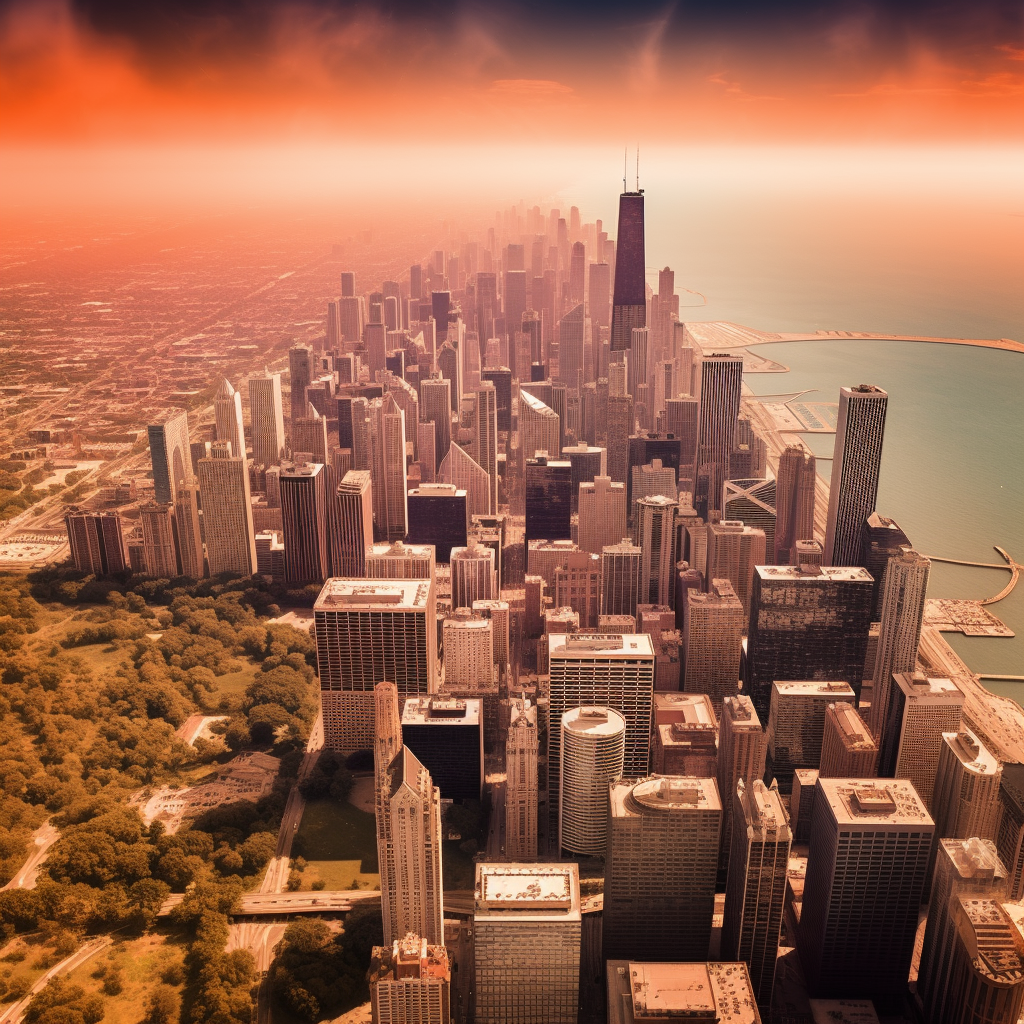January 3, 2024
Revealing Chicago’s Urban Heat Island Effect Discrepancies
Book a Demo
Chicago is a city of contrasts in many ways, not least in its temperature variations. The temperature in this bustling metropolis varies widely, influenced by factors like proximity to Lake Michigan, traffic congestion, industrial zones, railyards, and the prevalence of concrete surfaces. In a startling revelation, volunteers who took heat measurements around the city in late July found a temperature discrepancy of over 20 degrees between the Southwest Side and the Far North Side.
In response to these findings, the city is conducting a study to understand the causes behind such temperature discrepancies. The aim is to devise strategies to mitigate the “urban heat island” effect, a phenomenon in which urban regions are significantly warmer than their surrounding rural areas due to human activities.
These heat measurements are part of a larger national climate study focused on examining intense heat in urban areas. The data collected in this study will be crucial in urban planning, helping city officials make informed decisions about future projects and initiatives.
Interestingly, the study found that some areas with plenty of green spaces, like Beverly, still registered high temperatures. This suggests that solutions to the heat problem need to extend beyond tree-planting and consider other innovative strategies.
On August 23, 2023, Chicago experienced record-breaking high temperatures. This caused residents and children to seek relief from the oppressive heat by playing in water from a fire hydrant, a clear indication of how extreme the situation can become.
As part of the study named Heat Watch 2023, 100 volunteers drove 29 routes covering 228 city square miles to measure heat disparities. Their efforts revealed a variance of up to 22 degrees between different areas, underscoring the seriousness of the issue.
The study confirmed the prevalence of the “urban heat island” effect in Chicago. Areas with heat-absorbing pavement and a lack of trees were found to have higher temperatures. This crucial data will be used to create a local heat vulnerability index and develop outreach strategies. In this way, the city hopes to bring about a significant change in the urban landscape, making Chicago a more comfortable and livable city for all its residents.
Science4Data is committed to cut through greenwashing and measure real impact. Join the journey to a sustainable future. Your actions matter.



